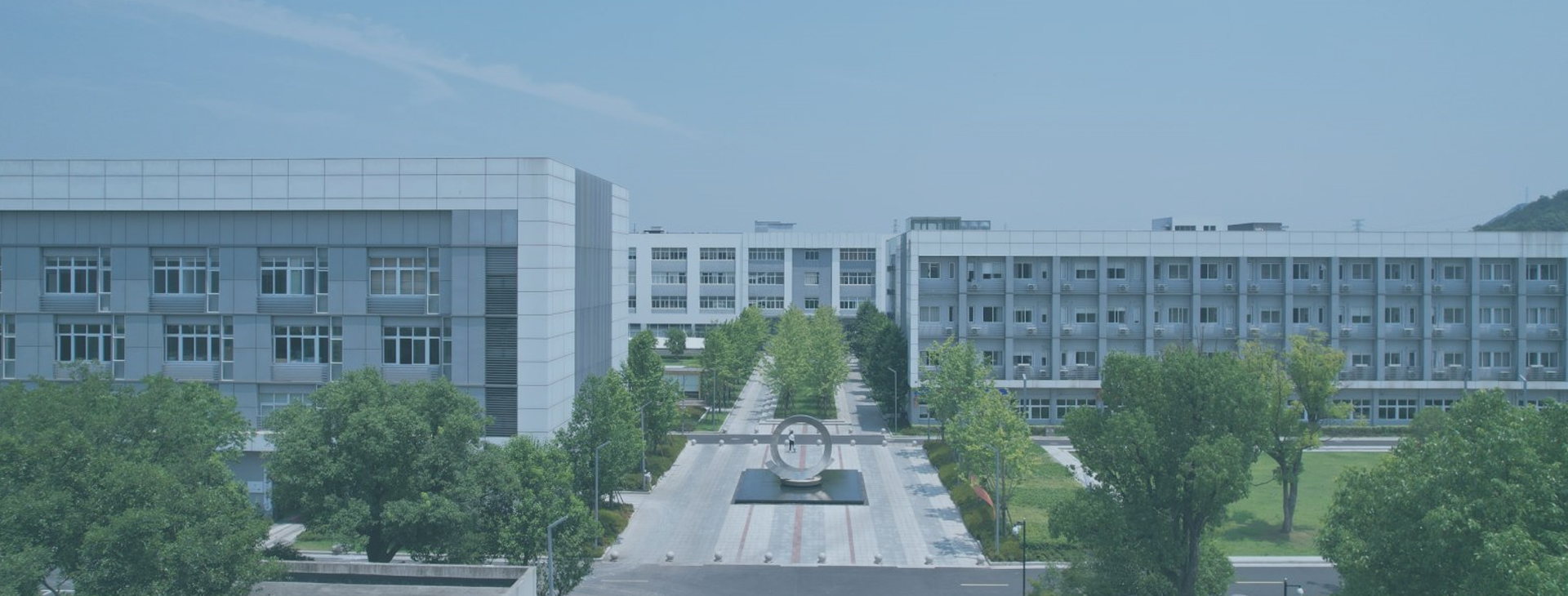Characteristics and classification of ceramic substrates
Ceramic substrates have main advantages such as temperature resistance, electrical insulation performance, low dielectric constant and loss, high thermal conductivity, good chemical stability, and a thermal expansion coefficient similar to that of components. However, ceramic substrates are relatively brittle, resulting in smaller substrate areas and higher costs.
The different application fields of ceramic substrates are divided into HIC (Hybrid Integrated Circuit), focusing potentiometer, laser heating fixed plate, surface mount, network resistor substrate, etc; According to different processing methods, it can be divided into two categories: molded sheets and laser scribed sheets.
Ceramic substrate is a commonly used electronic packaging material. Compared with plastic compounds and metal plates, its advantages lie in the following aspects:
1) Good insulation performance and electrical resistivity are basic requirements for electronic components. Generally speaking, the larger the resistance, the more reliable it is. Generally, it is a covalently bonded compound with good insulation properties.
2) Low dielectric constant and good frequency characteristics. Ceramic has a lower dielectric constant and dielectric loss, which can reduce signal delay time and transmission speed.
3) Low coefficient of thermal expansion and low thermal mismatch rate. Covalent compounds generally have melting point characteristics, and the higher the melting point, the smaller the ceramic.
4) Thermal conductivity. According to traditional heat transfer theory, the theoretical thermal conductivity of cubic BeO, SiC, and AlN ceramics is not lower than that of metals.
Therefore, ceramic substrates are widely used in reliable, frequency resistant, temperature resistant, and airtight products such as aviation, aerospace, and military engineering, usually multi-layer ceramic plates.
Ceramic substrates have the main advantages of temperature resistance, electrical insulation performance, low dielectric constant and loss, good thermal conductivity, chemical stability, and are similar to electronic components. But it has high brittleness, small production area, and high cost.

